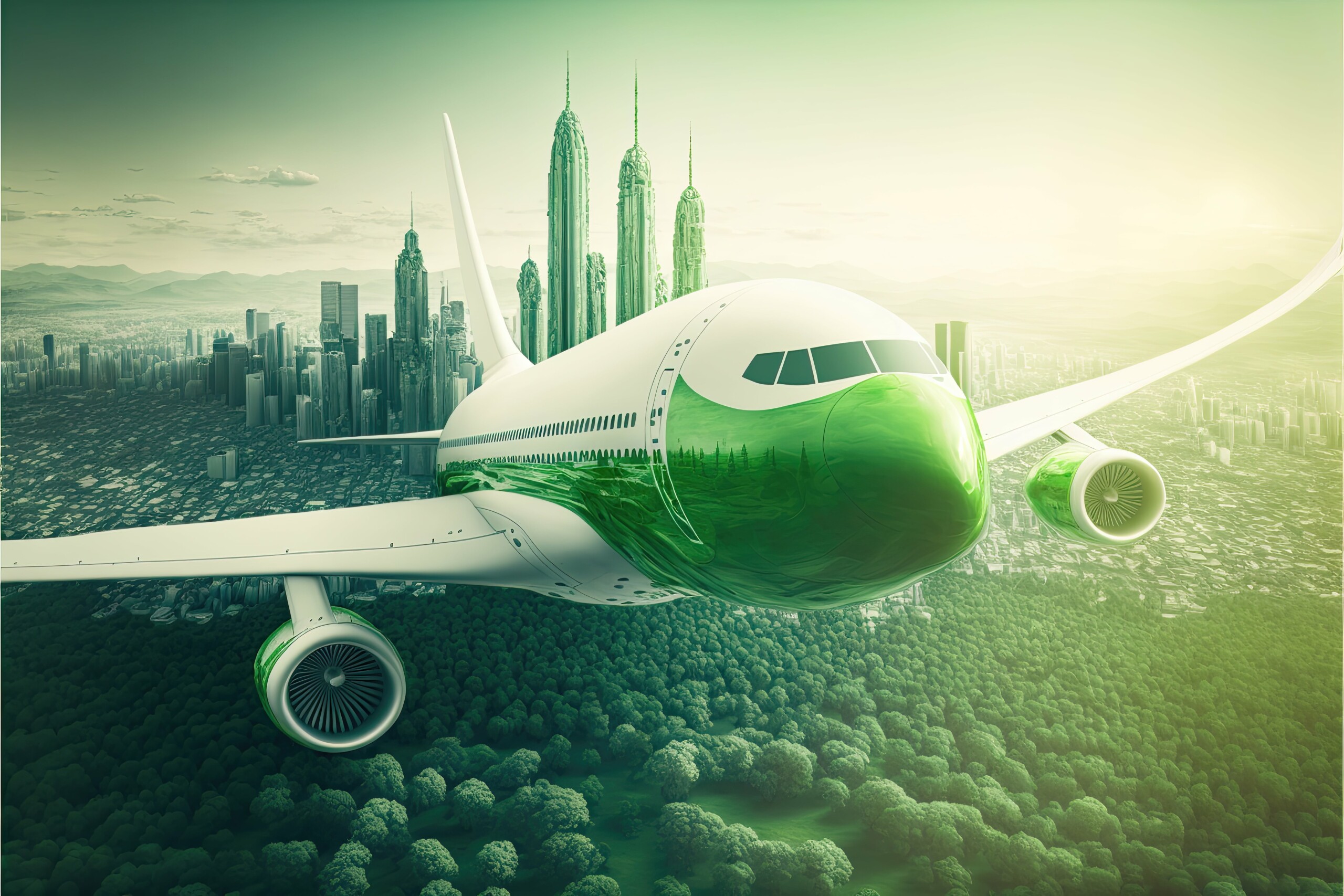The future of aircraft propulsion is at an exciting crossroads, poised for significant advancements driven by technological innovation and a pressing need for sustainability. As the aviation industry continues to grow and evolve, so too must the propulsion systems that power our aircraft. In this article, we’ll explore some of the key trends and developments shaping the future of aircraft propulsion, from electric propulsion to alternative fuels and beyond.
**1. Electric Propulsion**
Electric propulsion stands out as one of the most promising technologies for the future of aircraft propulsion. Electric propulsion systems use electric motors powered by batteries or fuel cells to drive the aircraft’s propellers or fans, eliminating the need for fossil fuels and significantly reducing emissions and noise levels.
Electric propulsion offers several key advantages, including:
– Reduced emissions: Electric propulsion systems produce zero emissions during operation, helping to reduce the aviation industry’s environmental impact.
– Quieter operation: Electric propulsion systems are significantly quieter than traditional jet engines, reducing noise pollution around airports and in communities.
– Greater efficiency: Electric propulsion systems are more efficient than traditional jet engines, leading to lower operating costs and increased range for electric aircraft.

**2. Alternative Fuels**
Alternative fuels, such as biofuels and hydrogen, are also playing a significant role in shaping the future of aircraft propulsion. These fuels offer the potential to reduce the aviation industry’s reliance on fossil fuels and lower its carbon footprint.
Biofuels, for example, are derived from renewable sources such as algae or plant-based feedstocks. Biofuels can be blended with traditional jet fuels to reduce emissions without requiring modifications to existing aircraft or infrastructure.
Hydrogen is another promising alternative fuel for aircraft propulsion. Hydrogen can be used in fuel cells to produce electricity, which can then power electric motors. Hydrogen fuel cells offer the potential for zero-emission flight, making them an attractive option for sustainable aviation.
**3. Challenges and Considerations**
While electric propulsion and alternative fuels hold great promise for the future of aircraft propulsion, there are several challenges and considerations that must be addressed:
– Energy density: Batteries and hydrogen fuel cells currently have lower energy densities than traditional jet fuels, limiting the range of electric and hydrogen-powered aircraft.
– Infrastructure: Developing the infrastructure needed to support electric and hydrogen-powered aircraft, including charging and refueling stations, will be a significant challenge.
– Cost: Electric propulsion systems and alternative fuels can be more expensive than traditional jet engines and fuels, raising questions about the economic viability of these technologies.
**4. Conclusion**
In conclusion, the future of aircraft propulsion is likely to be characterized by greater efficiency, reduced emissions, and quieter operation. Electric propulsion and alternative fuels are emerging as key technologies that will shape the future of aviation, offering the potential for more sustainable and environmentally friendly flight.
While there are challenges and considerations that must be addressed, the aviation industry is increasingly focused on developing and implementing these technologies to create a more sustainable future for air travel. As these technologies continue to evolve and mature, we can expect to see electric and hydrogen-powered aircraft become increasingly common, revolutionizing the way we think about air travel.

No Responses